Along with investing money and effort into accumulating great stamps comes putting in the same to learn the art of storing and displaying it well.
You’ll find there are many different ways to display and store your collection, more than listed here. Don’t worry too much about getting the most expensive or deluxe option right away. For the moment, get what you need and what you can afford.
As your collection grows, you should grow with it, so you don’t end up buried in stamps with no place to put them. Grow your methods and systems for storing stamps so that you always have places waiting for new stamps and a good way of finding the ones you have.
What are the most common ways of displaying your stamp collection?
There are a number of options collectors commonly use. The most popular ones are stockbooks, binders with stockpages, and binders or albums with pages.
Stockbooks
Stockbooks are, like the name implies, books meant to hold your stamp collection. They have a certain number of pages made of hard cardboard, and each page has 8-10 strips (either clear or glassine) meant to hold stamps to the page. Most of them have double-sided storage pages with an interleaf between them to keep stamps from snagging on one another.
You can get stockbooks in all different sizes, colors, and shapes. Padded and leather covers, as one might guess, are generally the most expensive. They might be bound using reinforced tape, while the most expensive ones use double linen hinges on the page so the pages can lie flat always.
The cheapest stockbooks might have 8 pages and a rigid, pseudo leather cover, glassine strips on white pages, glassine interlaving, bound with rigid hinges. The most expensive stockbooks might have 32 pages, a padded genuine leather cover, clear strips on black pages, clear double interleaving, bound with double linen hinges.
The main benefit of stockbooks is they make it very easy to rearrange your stamp collection as you add to it. Moving stamps around is relatively easy, compared with some of the other methods. Stockbooks are comparatively cheap, too, with the basic ones costing about what you might expect to pay for a hardback book.
Unfortunately, stockbooks have some disadvantages too. With a stockbook, there isn’t much room for writing up information on your stamps, and many collectors end up tucking notes behind their stamps. Even worse, the system of strips doesn’t hold the stamps very firmly in place: the stamps may fall out if you accidentally drop the book.
Stockpages
Stockpages for binders are much like stockbooks, except they aren’t bound: each page has clear strips to hold the stamps in place, and holes so it can be inserted in a binder.
While most stockpages are made of black plastic, you can also find clear single sided ones that make it easy to see both sides of certain items. Regardless of the color, always look for stockpages that have rounded edges so you won’t accidentally damage your stamps while inserting them.
Unlike an stockbook, you can easily take a stockpage out of the binder, put it in a different place, or add pages to your binder as your collection grows. Quality stockpages have several sets of holes so you can even move them from binder to binder.
Like a stockbook, stockpages risk jumbling your collection if you drop the binder and lack space for in-depth writing.
Albums and album pages
Albums and album pages are designed to mount stamps permanently or semi-permanently. They’re either pre-printed with spaces for each stamp, or totally blank.
Most people mount their stamps to album pages using hinges, which are semi-permanent squares of paper. While hinges are relatively safe, they make marks in the gum of mint stamps that can cut the stamps’ value in half, so hinges are definitely not recommended for your mint or your better used stamps.
As a rule, albums and album pages are less expensive than stockbooks and stockpages, and they give you plenty of space for writing details about your stamps. You can even design your own pages to fit your collection!
Unfortunately, album pages don’t expand very well with your collection, since it’s not possible to move stamps around on the page or page to page — at least, not very easily.

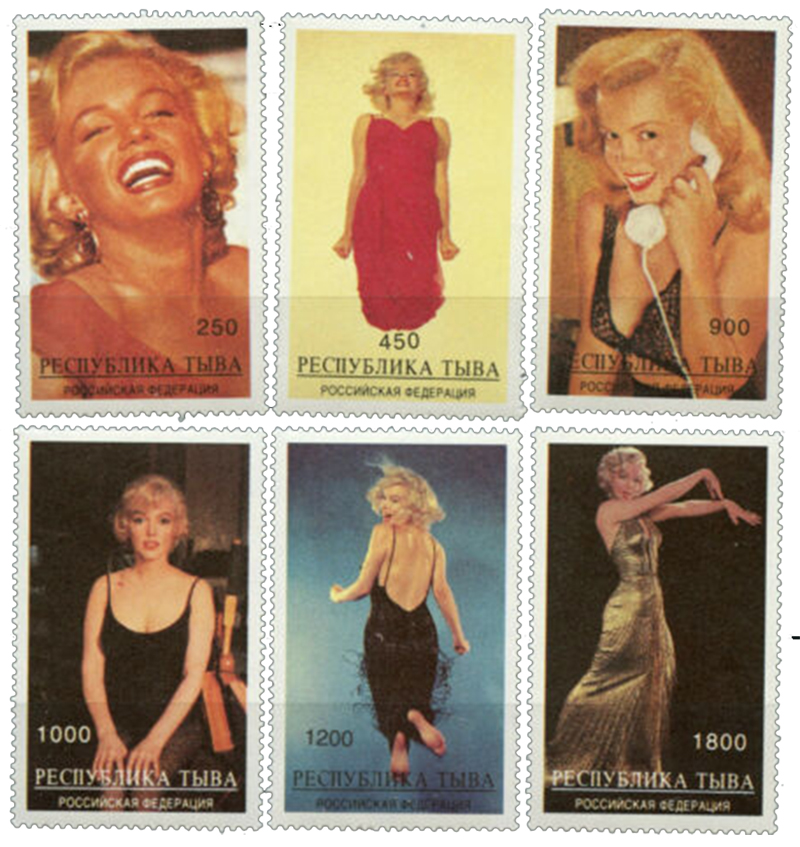
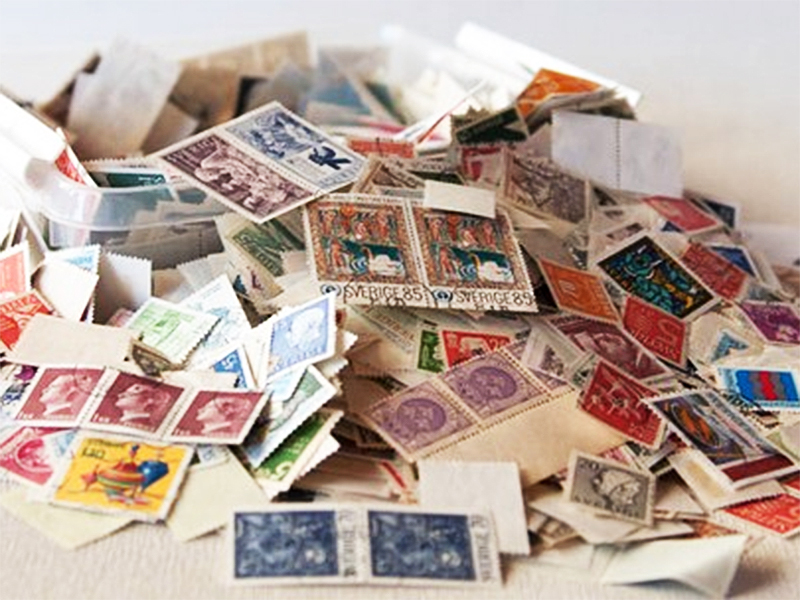
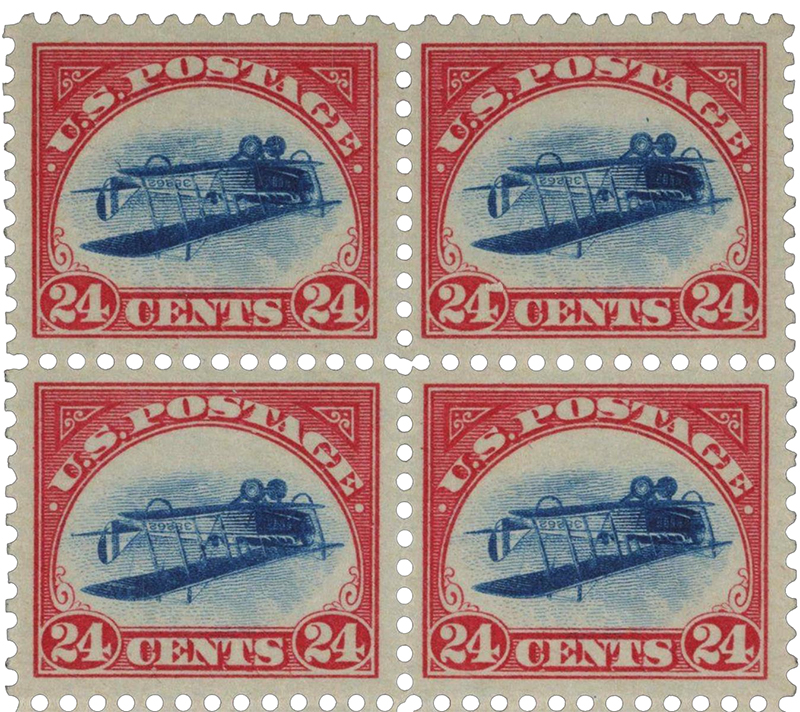
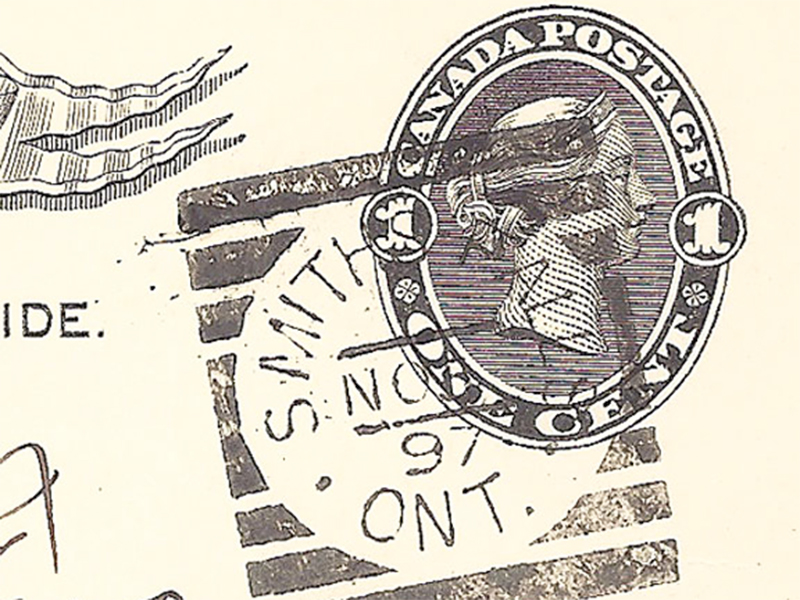
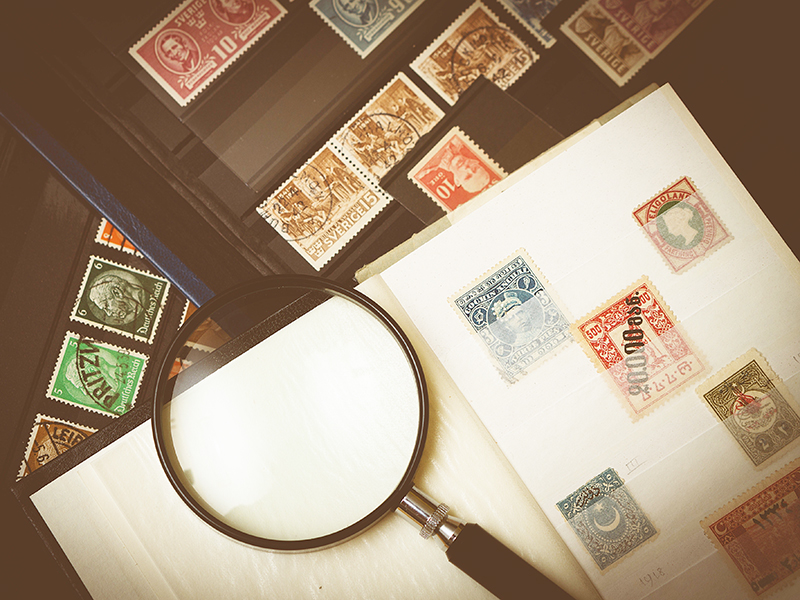

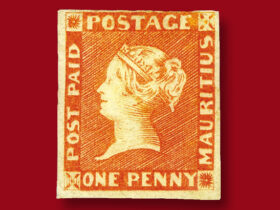


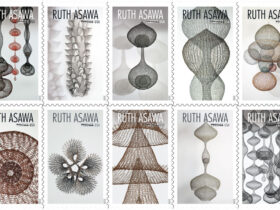
Leave a Reply